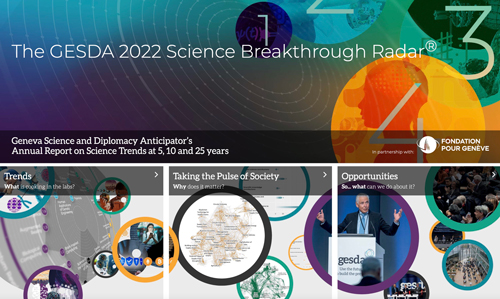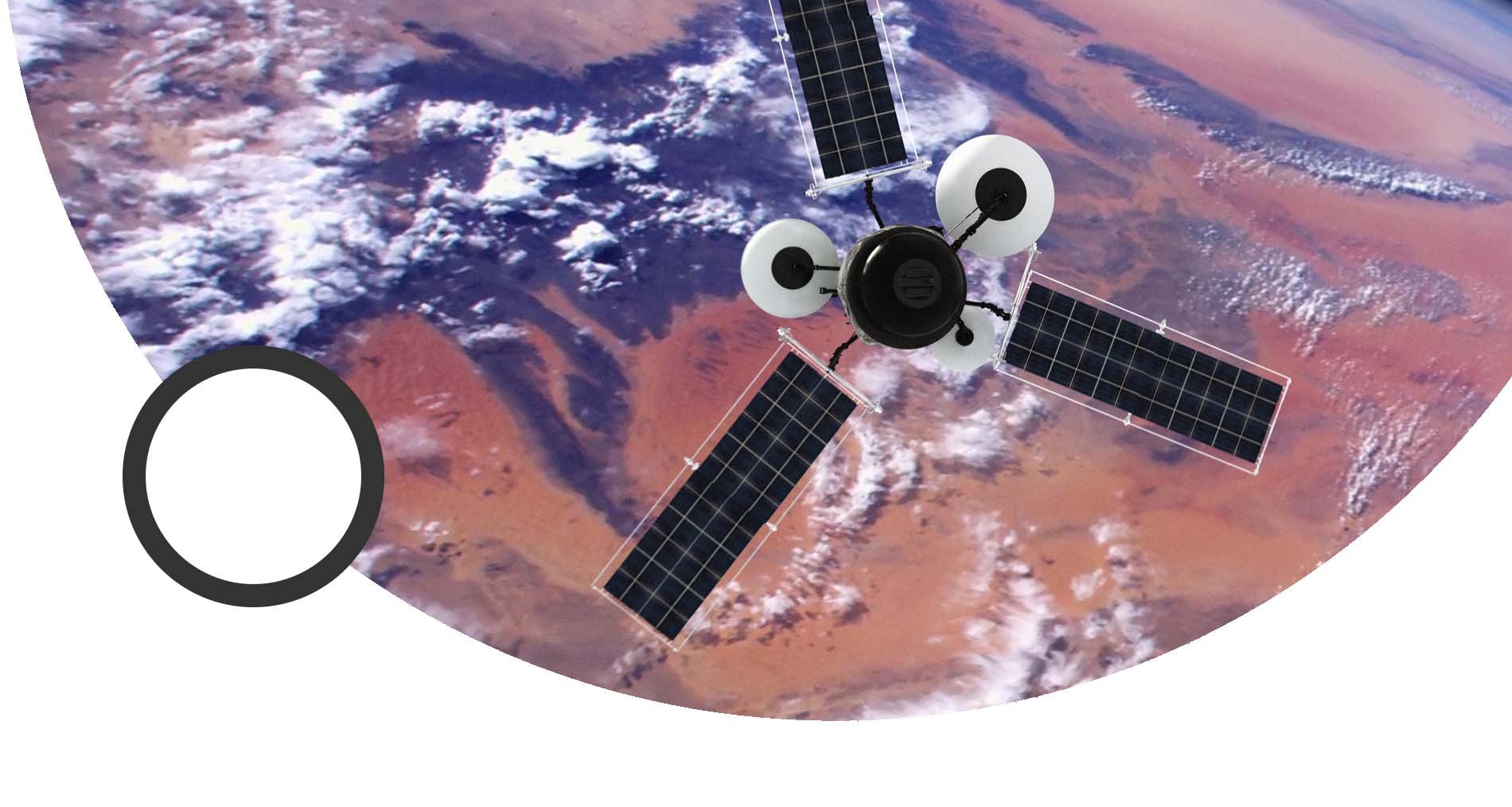General introduction to the workshop
Many academics from a broad variety of fields have indicated we are at a pivot point in history. Three organizations – GESDA, GCSP and SIPA at Columbia - have joined forces to anticipate what this may mean for the future of peace and war.
While all participants of the inaugural workshop agreed that the future cannot be predicted, there was a broad consensus that one possible approach for anticipation uses scenarios to think about a range of possible futureS. There was also a convergence of views to begin with the portrayal of probable scenarios shaped by major vectors, trends and countertrends. It was stressed that scenarios with a narrative component and with roots in the present can help gain the attention of policy makers. One way of arriving at four scenarios discussed at the workshop is to use a two-axes framework that reflects a starting point to capture the main interacting vectors shaping the future of peace and war. This methodology is described in more detail in the attached note.
This workshop will road test the methodology, and include horizon scanning to identify key vectors and how they may interact with one another to enhance peace or further conflict. In this process we will populate the four quadrants which determine the four scenarios to be depicted. The workshop will consider not only dominant current trends but also relevant weak signals, or seemingly peripheral trends, counter trends, areas of uncertainty and potential ruptures, and their implications for peace and war. The project focuses in particular on how seemingly diverse trends and counter trends may interact to enhance or reduce the potential for conflict. The workshop will build on the knowledge gathered in the anticipatory work in science and technology developments reflected in the GESDA Science Breakthrough Radar.
Desired outcomes
- Agree for this project on what specific areas we want to focus on in the (almost endless) elements of the peace - war continuum.
- Building on the methodology discussion in workshop one, agree on the two most useful axes to produce the framework with which we will begin to define the four probable, anticipated scenarios by the interactions of relevant vectors (see background note mentioned above).
- Agree on what influences movement along each axis, where the uncertainties lay and what needs to be considered in more depth to come to a portrayal of four probable futures as an initial result of the project.
- Begin population of each quadrant as a basis for full-fledged scenario construction.
- Agreement on the next step for the project.
Meeting venue
The meeting will take place at The Rockefeller Brothers Fund 475 Riverside Drive, Suite 900 New York, NY 10115 (Enter at 61 Claremont Avenue)


